A widely publicized study that reported that voice assistants like Apple's Siri aren't any safer than manually texting while driving failed to test Siri as it was actually designed to be used in its distracted driving experiment.
Source: Apple
The study, conducted by Texas A&M Transportation Institute, noted that drivers on a closed course holding a smartphone in one hand while interacting with Siri (or Vlingo, a similar service for Android smartphones) took nearly twice as long to respond to an external testing event.
Specifically, the study said researchers installed a green LED light on the subjects' vehicle dashboard, "and drivers were instructed to press a button every time they saw it come on. Their response times served as a measure of their distraction levels."
The study's author Christine Yager subsequently concluded that voice-to-text services "do not increase driver safety compared to manual texting."
In response to the experiment, a report by Xconomy noted that the study was flawed because the way Siri was tested is not how it is intended to be used.
Holding Siri is not handsfree
"I don’t think that there is any evidence that shows that if Siri and other systems are used properly in Eyes Free mode, they are ‘just as risky as texting," stated Adam Cheyer, a cofounder of the project Apple acquired in 2010 to release Siri as a feature of the iPhone 4S. Cheyer left Apple last year.
Cheyer added "Of course your driving performance is going to be degraded if you’re reading screens and pushing buttons," and explained that Siri's designers took special efforts to create a driving-appropriate mode that was not only handsfree, but also "Eyes Free" as Apple has branded it.
When Siri is used with a Bluetooth headset or other speakers as a handsfree phone, it automatically enters into a safer mode that limits interactions to be voice only. "It assumes you are ‘eyes-busy’ and responds differently," Cheyer said.
"My goal is not to knock this particular study," the report cited Cheyer as saying. "I’m just dismayed that the message being communicated by news media — that 'Siri is just as risky as texting' — is misleading."
Responding to the criticism of her study, Yager said "we tested the applications in a way that is consistent with how many drivers typically use them," and added, "we examined the product information contained in the packaging for the iPhone 4S, and were not able to find information related to the directed mode use of the device."
Media coverage of the distracted driving study didn't distinguish between the test's evaluation of manually using Siri as voice-driven way to text and drive, and using Siri as it is intended to be used, both handsfree and "Eyes Free" while driving.
Eyes Free key to Apple's automotive strategy for iOS
Six months ago, AppleInsider noted how automotive integration has become a driving feature of Apple's mobile iOS platform.
Advancing alongside a federal push to call attention to the problem of distracted driving, Apple's Eyes Free design for Siri is intended not only to make accessing directions or other information safer while driving, but also to facilitate easy integration for car manufacturers.
Since Apple announced the push, a series of car manufacturers have signed on to enable one button access to Siri in a way that makes the voice assistant available without distracting the driver with a visual, hands-occupying interface.
Siri's Eyes Free is the culmination of a decade of Apple's car integration efforts that began with the iPod. Last year, Apple enhanced Siri with even tighter integration to Maps, putting Apple into more direct competition with Google in both mapping and voice based search.
Google efforts to leverage its early lead in maps and voice-based services to duplicate Apple's Siri features are complicated by the fact that the company currently relies on popup advertising banners to support its technology. A Siri-like service will be hard to monetize with ads when users want distraction free, audible information.
 Daniel Eran Dilger
Daniel Eran Dilger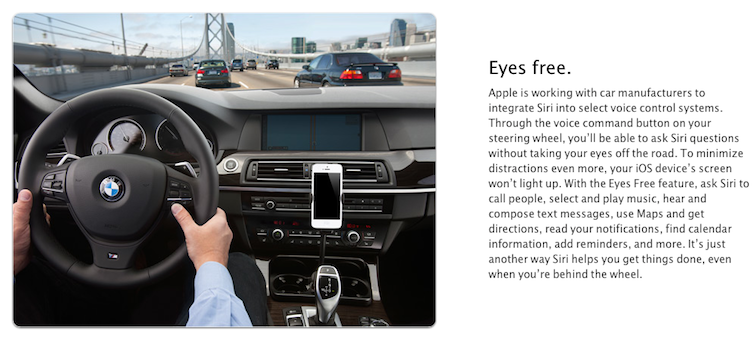
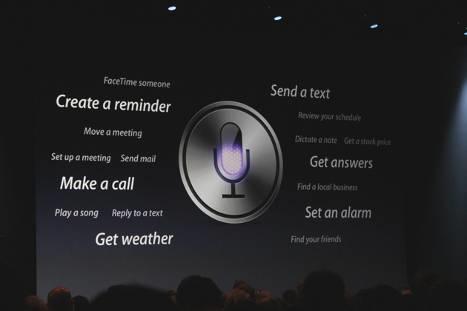
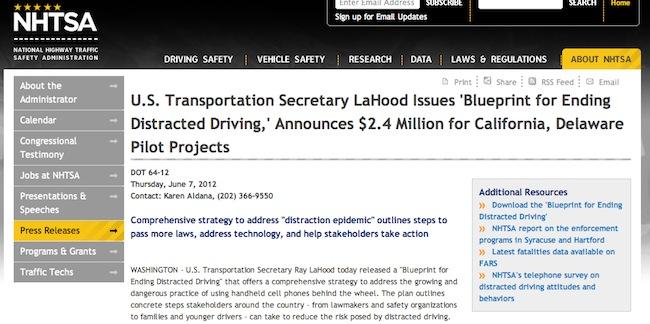




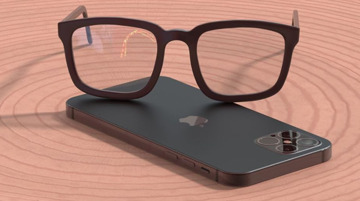
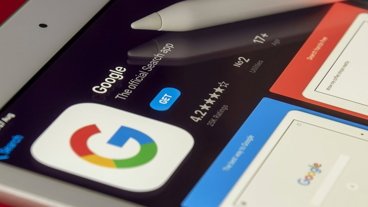
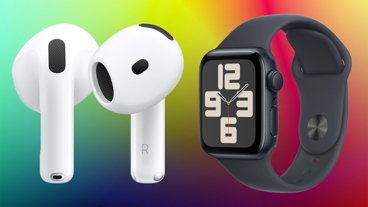
-m.jpg)


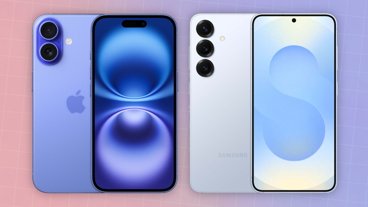
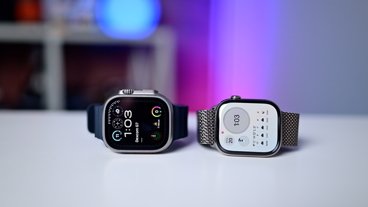


 Christine McKee
Christine McKee
 Wesley Hilliard
Wesley Hilliard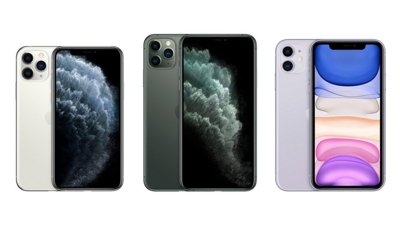
 Amber Neely
Amber Neely
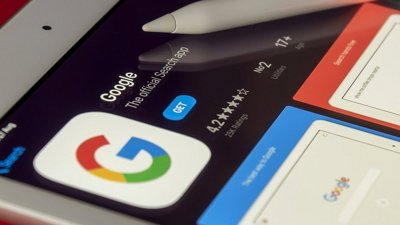
 William Gallagher
William Gallagher

 Andrew O'Hara
Andrew O'Hara
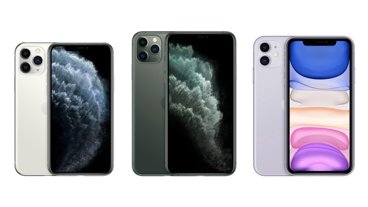

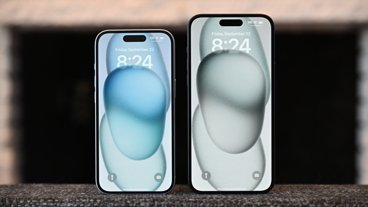
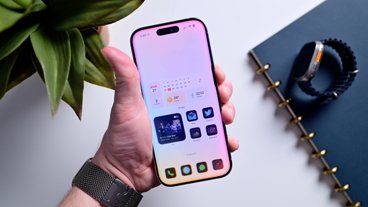
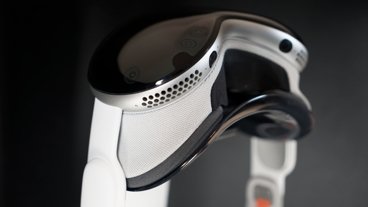



42 Comments
Any distractions while driving are a danger. Dilger, you're stretching more than usual.
Under many jurisdictions, you can't even hold a phone while driving.
This study is flawed in that it's limited to the handheld scenario.
I don't believe the study for a different reason: If you are not looking at the phone, what difference could it make whether the phone is in your hand or on the dashboard? And before you answer "Then your hands are not at 10 and 2", the old "10 and 2" hand position style of driving was recently discredited too. I smell a "study" that reached its conclusion first and then went in search of ways of making the data match, instead of being empirical.
[quote name="SpamSandwich" url="/t/157311/flaw-in-distracted-driving-study-no-evaluation-of-apples-eyes-free-siri-mode#post_2320084"]Any distractions while driving are a danger. Dilger, you're stretching more than usual.[/quote] I think his point is valid. If you only testing Siri by having the driver hold the phone with one hand whilst driving instead of having their hands on the steering wheel. There is also a natural proclivity to look at the display of the device you're holding, especially if you know it's displaying results on screen. Now I don't know if the local Siri software is intelligent enough to know that if you ask, "how many ounces in a liter?" to not display the Wolfram Alpha results on the iDevice screen but to speak a simplified result over the speaker system, but that is beside the point in regards to these tests. Now I agree that any distractions can be a danger. After all, by definition a distraction is "a thing that prevents someone from giving full attention to something else" but I don't agree with any assertion that Siri integrated into a car and Siri via an iDevice directly in one's hand should be seen the same way. I'd say changing the radio or adjusting the climate control from the dash controls are more of a distraction than pressing the Siri button from the steering wheel, yet we still give drivers legal access to those functions in automobiles.
[quote name="ktappe" url="/t/157311/flaw-in-distracted-driving-study-no-evaluation-of-apples-eyes-free-siri-mode#post_2320098"]I don't believe the study for a different reason: If you are not looking at the phone, what difference could it make whether the phone is in your hand or on the dashboard? And before you answer "Then your hands are not at 10 and 2", the old "10 and 2" hand position style of driving was recently discredited too. I smell a "study" that reached its conclusion first and then went in search of ways of making the data match, instead of being empirical.[/quote] That assumes people aren't looking at their iPhone's display. Since it's the most common way to engage an iPhone it probably takes some additional cognitive effort to actively not look at the iPhone in your hand that you're actively using.